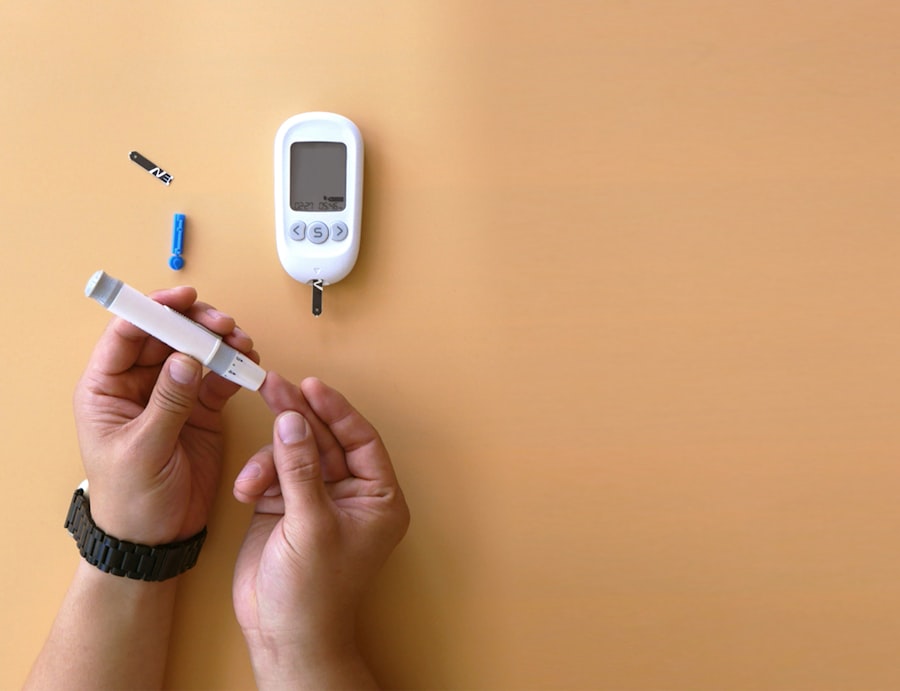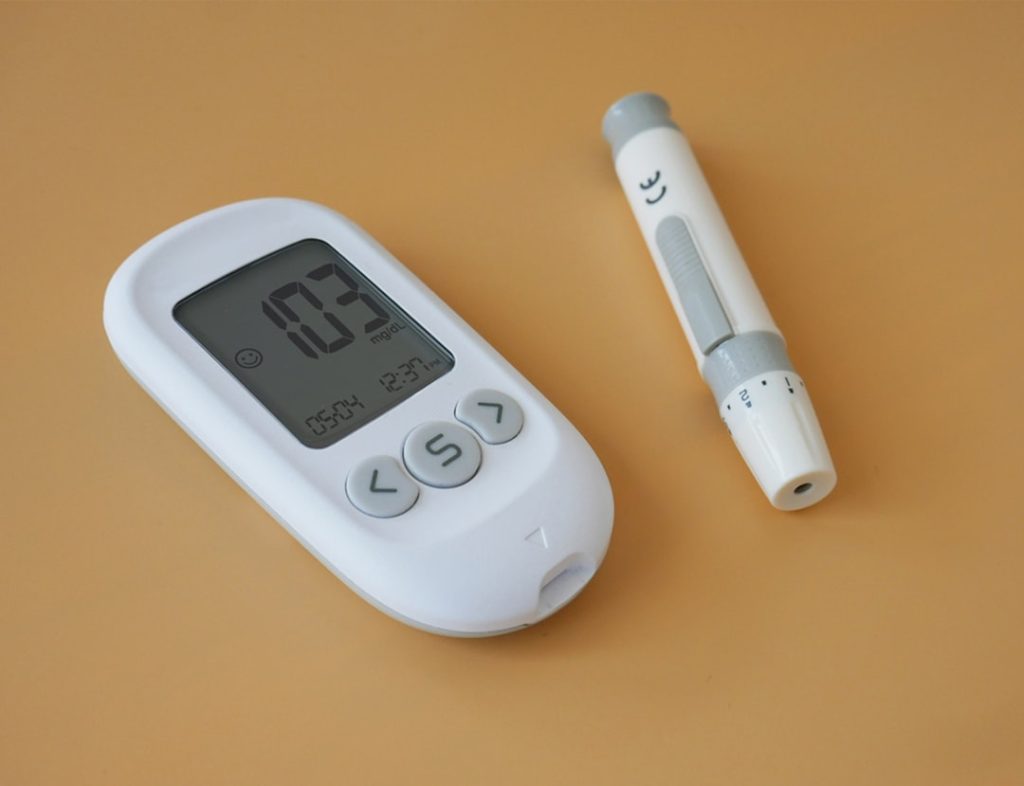Diabetes is a chronic condition that affects how our bodies process glucose, a type of sugar that serves as a primary energy source. When we consume food, our bodies break it down into glucose, which then enters the bloodstream. In a healthy individual, the pancreas produces insulin, a hormone that helps cells absorb glucose for energy.
However, in individuals with diabetes, this process is disrupted. There are primarily two types of diabetes: Type 1 and Type 2. Type 1 diabetes is an autoimmune condition where the body fails to produce insulin, while Type 2 diabetes occurs when the body becomes resistant to insulin or when the pancreas cannot produce enough insulin to maintain normal glucose levels.
As we delve deeper into understanding diabetes, it becomes evident that this condition is not merely a result of poor dietary choices or lack of exercise. Genetics, environmental factors, and lifestyle choices all play significant roles in its development. The prevalence of diabetes has been on the rise globally, making it a pressing public health concern.
We must recognize that diabetes can lead to serious complications if left unmanaged, including heart disease, kidney failure, and nerve damage. By understanding the underlying mechanisms of diabetes, we can better appreciate the importance of early detection and effective management strategies.
Common Early Symptoms of Diabetes
Recognizing the early symptoms of diabetes is crucial for timely intervention. Many of us may overlook these signs, attributing them to stress or fatigue. However, common early symptoms include increased thirst, frequent urination, and unexplained weight loss.
When our blood sugar levels rise, our kidneys work overtime to filter out the excess glucose, leading to increased urination. This can result in dehydration, prompting us to drink more fluids. As we become more aware of these symptoms, we can take proactive steps toward our health.
Another early symptom that we should not ignore is fatigue. When our bodies struggle to utilize glucose effectively due to insulin resistance or lack of insulin production, we may feel unusually tired or lethargic. This fatigue can affect our daily activities and overall quality of life.
Additionally, some individuals may experience blurred vision or slow-healing sores and infections. These symptoms serve as important signals from our bodies that something may be amiss, urging us to seek further evaluation.
Risk Factors for Developing Diabetes

Understanding the risk factors associated with diabetes can empower us to make informed lifestyle choices. Several factors contribute to our likelihood of developing this condition. Age is one such factor; as we grow older, our risk increases.
Additionally, family history plays a significant role; if we have close relatives with diabetes, our chances of developing the disease are heightened. Furthermore, certain ethnic groups, including African Americans, Hispanics, and Native Americans, are at a higher risk. Obesity is another critical risk factor that we must consider.
Excess body weight, particularly around the abdomen, can lead to insulin resistance. Sedentary lifestyles also contribute significantly to our risk; regular physical activity helps maintain healthy blood sugar levels and supports overall well-being. Moreover, poor dietary habits—such as consuming high amounts of processed foods and sugars—can further increase our susceptibility to diabetes.
By recognizing these risk factors, we can take proactive measures to mitigate our chances of developing this chronic condition.
Importance of Early Detection
The importance of early detection in diabetes cannot be overstated. When we identify the condition in its early stages, we can implement lifestyle changes and medical interventions that may prevent or delay the onset of more severe complications. Early detection allows us to monitor our blood sugar levels more closely and make necessary adjustments to our diet and exercise routines.
This proactive approach can significantly improve our long-term health outcomes. Moreover, early detection can lead to better management of the disease itself. For those already diagnosed with diabetes, catching it early means we can work with healthcare professionals to develop personalized treatment plans tailored to our specific needs.
This may include medication management, dietary changes, and regular monitoring of blood glucose levels. By prioritizing early detection, we not only enhance our quality of life but also reduce the burden on healthcare systems by preventing complications that require more intensive treatment.
Physical Warning Signs of Diabetes
As we navigate the landscape of diabetes awareness, it is essential to recognize the physical warning signs that may indicate an underlying issue. In addition to increased thirst and frequent urination, we should be vigilant about other physical manifestations such as dry skin and slow-healing wounds. High blood sugar levels can lead to dehydration and reduced circulation, which may result in dry skin that is prone to irritation and infection.
Another physical warning sign is tingling or numbness in the extremities. This symptom often arises from nerve damage caused by prolonged high blood sugar levels—a condition known as diabetic neuropathy. If we experience these sensations in our hands or feet, it is crucial to consult a healthcare professional for further evaluation.
By being aware of these physical warning signs, we can take proactive steps toward managing our health and seeking appropriate medical care.
Behavioral Warning Signs of Diabetes

In addition to physical symptoms, behavioral changes can also serve as warning signs of diabetes. We may notice shifts in our mood or increased irritability as our bodies struggle to maintain stable blood sugar levels. Fluctuations in energy levels can lead to feelings of frustration or anxiety, impacting our overall mental well-being.
Furthermore, changes in appetite can be indicative of diabetes. Some individuals may experience increased hunger due to the body’s inability to utilize glucose effectively for energy. Conversely, others may find themselves eating less due to feelings of nausea or discomfort after meals.
These behavioral changes are important signals that should not be ignored; they can provide valuable insights into our health status and prompt us to seek medical advice.
Seeking Medical Attention
When we recognize potential symptoms or warning signs of diabetes in ourselves or loved ones, seeking medical attention becomes imperative. A healthcare professional can conduct necessary tests to determine blood sugar levels and assess overall health status. Early intervention is key; the sooner we address potential issues, the better equipped we are to manage them effectively.
During a medical consultation, it is essential for us to communicate openly about any symptoms we are experiencing and any family history of diabetes. This information will help healthcare providers make informed decisions regarding diagnosis and treatment options. Additionally, regular check-ups and screenings are vital for those at higher risk for diabetes; proactive monitoring allows us to catch any changes early on and take appropriate action.
Prevention and Management of Diabetes
Preventing diabetes requires a multifaceted approach that encompasses lifestyle changes and ongoing management strategies. We can significantly reduce our risk by adopting healthier eating habits—focusing on whole foods such as fruits, vegetables, whole grains, lean proteins, and healthy fats while minimizing processed foods high in sugar and unhealthy fats. Regular physical activity is equally important; engaging in at least 150 minutes of moderate exercise each week can help maintain healthy blood sugar levels and support weight management.
Additionally, maintaining a healthy weight is crucial for reducing our risk of developing Type 2 diabetes. For those already diagnosed with diabetes, effective management involves regular monitoring of blood sugar levels, adhering to prescribed medications, and working closely with healthcare professionals to develop personalized care plans. In conclusion, understanding diabetes is essential for recognizing its symptoms and risk factors while emphasizing the importance of early detection and intervention.
By being aware of both physical and behavioral warning signs, we empower ourselves to seek medical attention when necessary. Through proactive prevention strategies and effective management techniques, we can take control of our health and reduce the impact of this chronic condition on our lives. Together, we can foster a greater awareness of diabetes and work towards healthier futures for ourselves and our communities.
